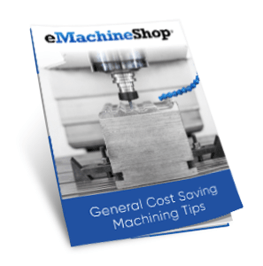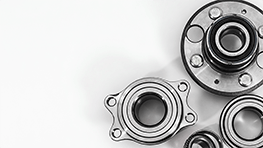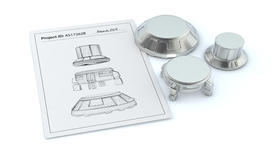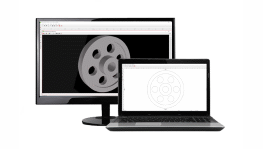Custom Aluminum Parts
eMachineShop has machined aluminum parts for over 15 years. You can design and order your parts with our free CAD software or upload your own CAD file for a fast quote.
- FREE Shipping in the USA.
- No Minimum Order Quantity.
- 100% Quality Guaranteed.

Aluminum
is a lightweight, non-magnetic, silver-colored metal that can be formed into almost any shape. It can be rolled into thick plates for armored tanks or thin foil for wrappers. It can also be drawn into wire and made into cans.Pure aluminum is soft and has limited strength. Small amounts of elements such as copper, magnesium, and zinc are often added to increase strength.
Aluminum is a comparatively new industrial metal that has been produced in commercial quantities for just over 100 years.
Properties of Aluminum
- Excellent corrosion and chemical resistance
- High strength-to-weight ratio
- Good heat and electrical conductivity
- Easily machined
- Reflects heat and light
Aluminum is a popular choice for many metal products and components:
Aluminum Alloys
Machining Options
CNC Milling
Mills use rotating tools to cut material into almost any 3D shape. CNC Mills can work with tight tolerances.
Waterjet Cutting
Waterjets mainly cut sheet material into 2D parts using a high-pressure stream of water and abrasive. Waterjet cutting is suitable for most materials and yields clean edges.
CNC Turning
CNC Lathes feed cutting tools into rotating material. Turning is mainly used to produce precise, cylindrical parts.
EDM
Die-Sink and Wire EDM machines create parts by using recurring sparks to remove material. Recommended for intricate designs requiring sharp inside corners and high dimensional accuracy.
Laser Cutting
Laser cutting is often used to produce 2D parts from sheet metal. A laser beam vaporizes a cut path to achieve the desired shape. Great for prototypes and short runs.
Plasma Cutting
CNC Plasma Cutters use a high-velocity stream of ionized gas to cut parts out of sheet metal. Excellent for producing 2D parts when working with thick metal sheets.
Secondary Manufacturing
After manufacturing, parts may require additional processing. Secondary services include CNC bending, grinding, tapping, knurling and more.
Surface Finishing
Finishing processes are used to enhance appearance, surface durability, and corrosion resistance. Options include powder coating, anodizing, plating, polishing and more.
Advantages
- Transportation: The combination of lightness, strength and malleability makes aluminum the ideal material for transportation applications. It is used in automobiles, airplanes, railways and marine applications and also for making fuel-efficient engines in cars and trucks. Its low weight reduces fuel consumption and emissions.
- Construction: Aluminum facilitates the construction of corrosion-resistant and low cost buildings. All kinds of aluminum products are used for new construction as well as renovation and due to its strength and lightness, it is used in earthquake prone zones. It is also a good reflector of light, and is often used in lighting fixtures.
- Vehicles: A high proportion of the shock inflicted by an automobile in a motor vehicle accident is absorbed primarily by its aluminum structure.
- Air Travel: Strong aluminum alloys take the extreme pressures and stresses involved in high altitude flying. Wafer thin aluminum panels keep the cold out and the air in. Many internal fittings like the seating on airplanes are made from aluminum or aluminum composite in order to save weight and thus save fuel, reduce emissions and increase the aircraft’s payload.
- Electrical Transmission Lines: Aluminum can be drawn into thin wires which are often used in products such as light bulbs and telephone wires. Most of the high voltage overhead transmission and distribution lines over long distances are also made of aluminum.




